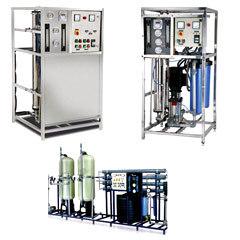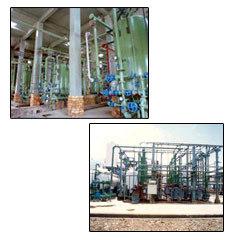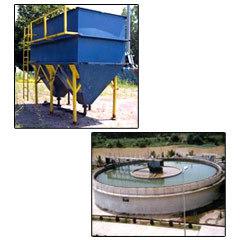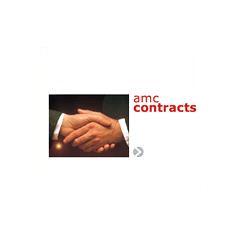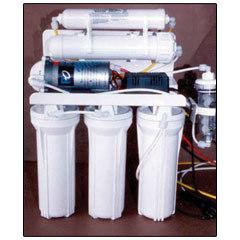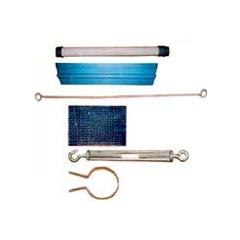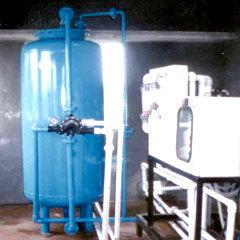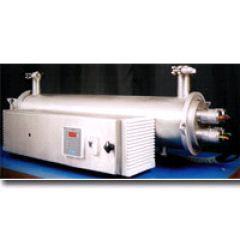Fluid Systems
Product Range
Fact Sheet
- Location:Maharashtra, India
- Year of Establishment:2000
- Business Type:Manufacturer, Distributor / Wholesaler, Exporter
- Turnover:Rs. 50 Lakh - 5 Crore
(or USD 100 K - 1 Million) - Main Products:Reverse Osmosis Plants, Demineralisation Plants
- Reviews & Rating:
Get Verified, Sell more with
- Buyer's trust
- Faster conversions
- Better Rankings
- More
Its Free
Verify NowReverse Osmosis Plants
We provide Reverse Osmosis Plants which are based on the reverse osmosis process to clean impure water.
- FOB PriceNA
- Min Order QuantityNA
- Payment TermsNA
Other Details
We provide Reverse Osmosis Plants which are based on the reverse osmosis process to clean impure water. Reverse osmosis is the process of forcing a solvent from a region of high solute concentration through a membrane to a region of low solute concentration by applying a pressure in excess of the osmotic pressure. As Reverse Osmosis does not occur naturally, it must be created by applying pressure to the high solids water in order to force it through the membrane, with pressures from 8 - 14 bar for fresh and brackish water, and 40 - 70 bar for seawater, which has around 24 bar (350 psi) natural osmotic pressure which must be overcome. The membranes used for reverse osmosis have a dense polymer barrier layer in which separation takes place.
Operating process: Our RO Plants work on the Cross flow Filtration method, which takes the feed water and uses a percentage of it as a wash or reject stream, removing the solids during the filtration process. The product flow of an RO is mainly a function of temperature and pressure. RO units do not deliver to service all of the water that is fed to them. During operation, some of the incoming water is used to wash down the membrane, and only part becomes finished product water. Purified water is referred to as product and wastewater is referred to as concentrate, or reject. The percent of water delivered as product is called the recovery, and depends upon the membrane and on total RO unit design considerations
Pretreatment of water The feed water contains various concentrations of suspended solids and dissolved matter. Suspended solids include inorganic particles, colloidal particles and biological impurities such as microorganisms and algae. Dissolved matter comprise of highly soluble salts, such as chlorides, and sparingly soluble salts, such as carbonates, sulfates, and silica. During the RO process, the volume of feed water decreases, and the concentration of suspended particles and dissolved ions increases. Suspended particles may settle on the membrane surface, thus blocking feed channels and increasing pressure drop across the system. Sparingly soluble salts may precipitate from the concentrate stream, create scale on the membrane surface, and result in lower water permeability through the RO membranes. This process of formation of a deposited layer on a membrane surface is called membrane fouling and results in performance decline of the RO system. The objective of the feed water pretreatment process is to improve the quality of the feed water to the level which would result in reliable operation of the RO membranes.
In general pretreatment comprises of the following steps:
Clarification followed by Sand Filtration for Turbidity removal
Water disinfection with chlorine
Hardness reduction by Softening
Addition of scale inhibitor
Reduction of free chlorine using sodium bisulfite/ Activated carbon filters
Final removal of suspended particles using cartridge filters
Post Treatment:
Based on the Output water quality required, the post treatment process consists of all or some of the following treatment steps:
Ozonation
Ultra-violet
Chlorination systems
Images
